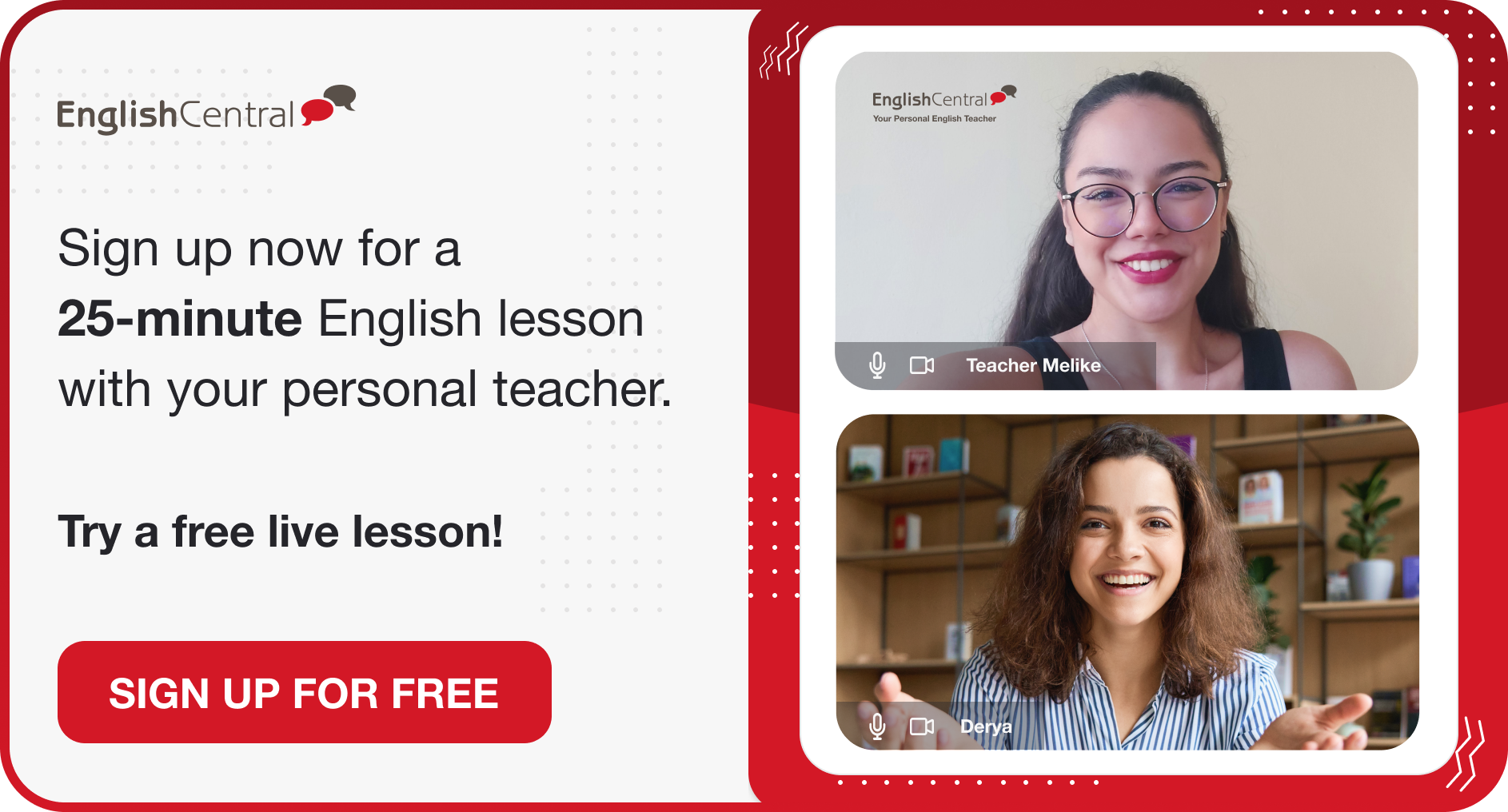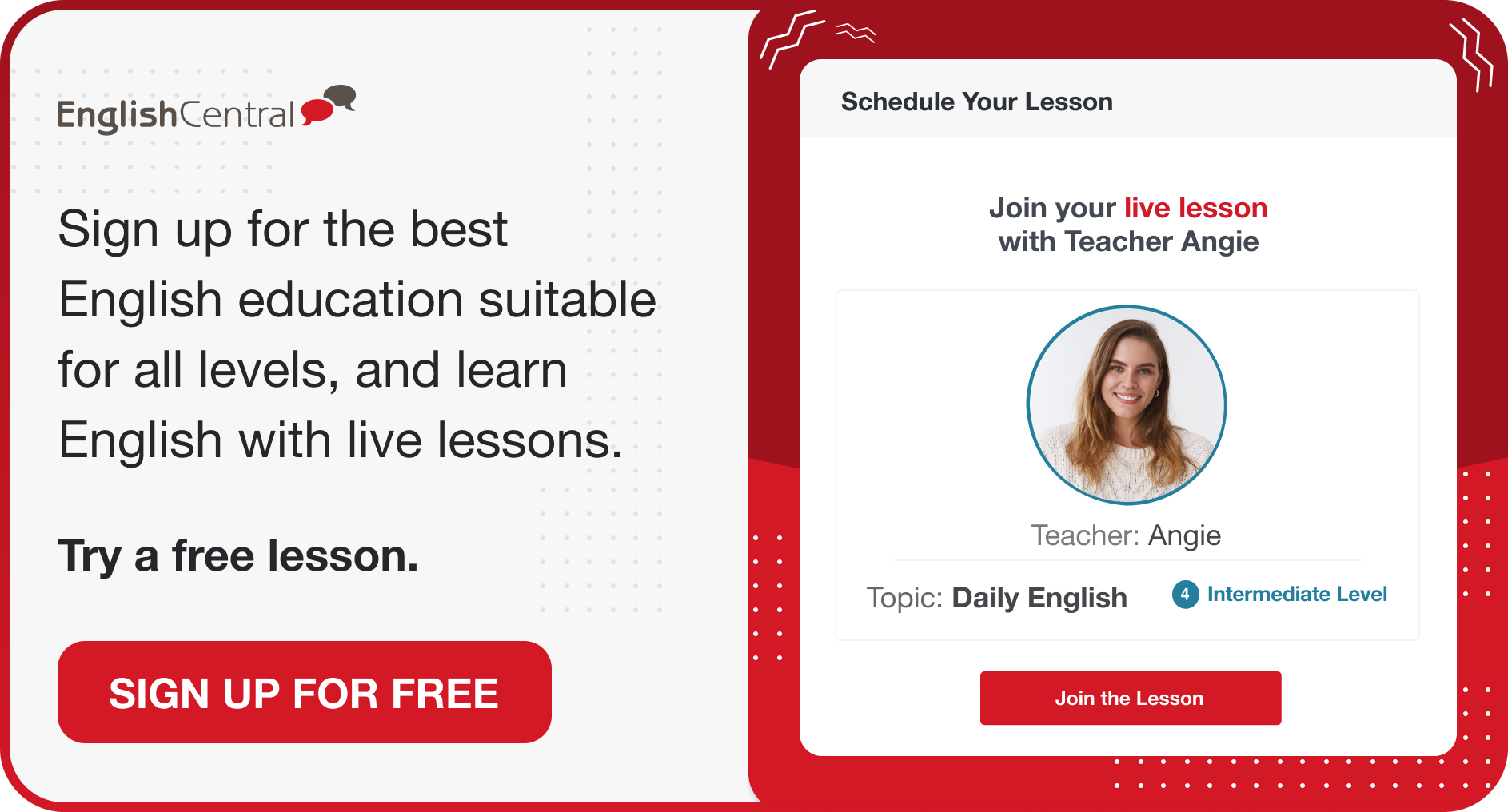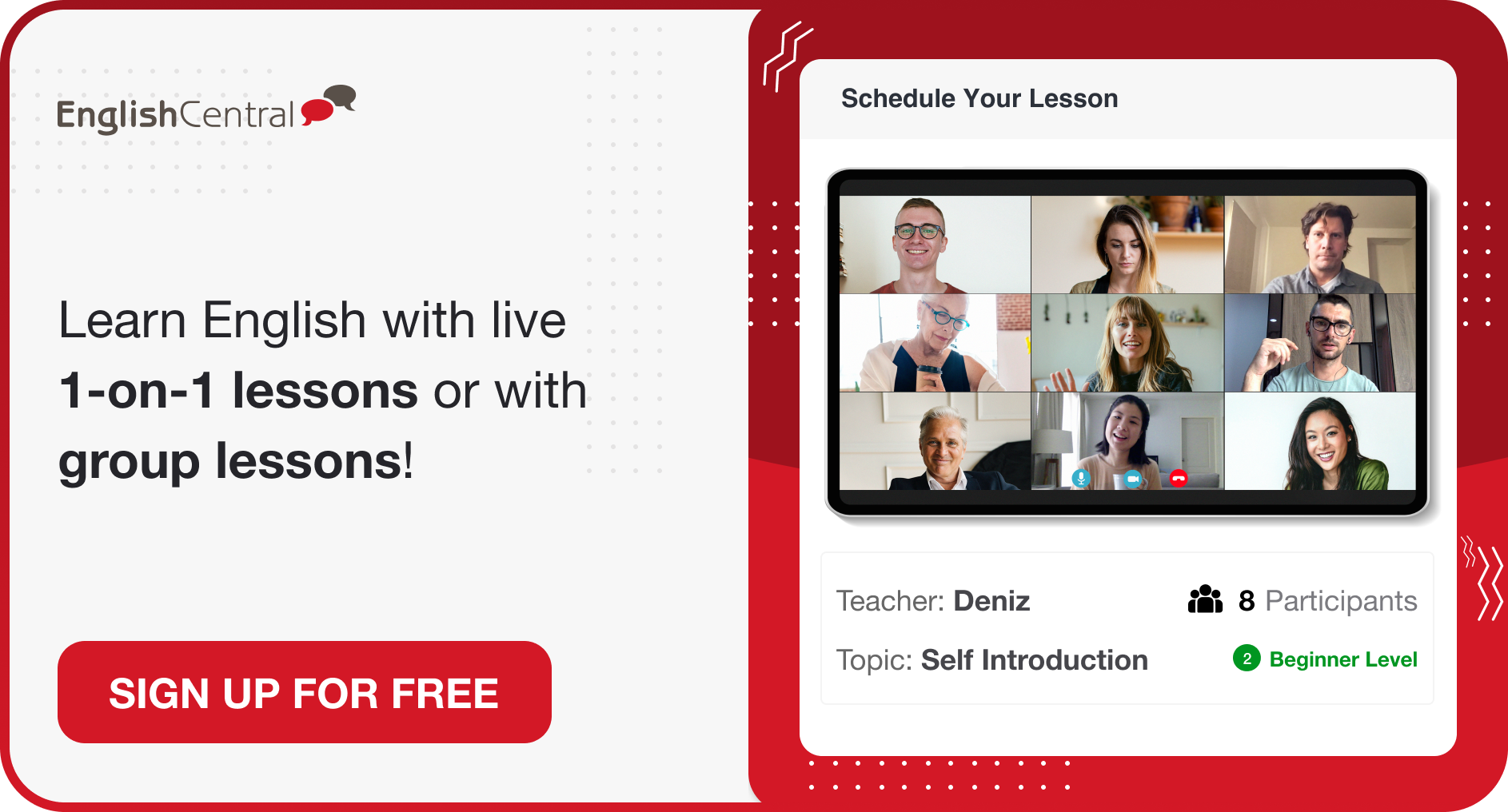It is possible to encounter reported speech frequently while communicating in English. Reported speech is a way to convey what another person stated in your own words, and it is commonly used in daily conversations. Here, we have prepared a guide for you to examine the use of reported speech in English.
What is Reported Speech?
Reported speech, also referred to as indirect speech, is a way to tell someone what another person said without using the exact words that were originally spoken. Instead of repeating the conversation word for word, reported speech is used to summarise the conversation and put it into your own words. This form is useful in many situations like when sharing news stories, having conversations, or writing academic papers. It helps keep things simple and clear while using English in many different daily encounters.
Reported Speech Rules
Reported speech is a technique used to express what someone has said without quoting their exact words, and it follows specific grammatical rules. One key component of reported speech is the use of a reporting verb, such as “said,” “asked,” “told,” or “reminded.” These verbs introduce the original message smoothly into a new narrative.
When converting direct speech to reported speech, verb tenses usually shift back to reflect that the action was completed in the past. For example, the present tense “I am going” becomes the past tense “she said that she was going” in the reported speech.
Pronoun changes are also common in reported speech. The pronouns are adjusted to match the perspective of the person reporting the speech, not the original speaker. This adjustment helps maintain clarity and perspective continuity for the listener or reader.
Modal verbs like “could,” “should,” or “would” are often used in reported speech to convey conditions or possibilities mentioned in the original speech. These modals help retain the original intent and tone when direct expressions don’t fit in the situation.
Punctuation is crucial in reported speech, particularly in distinguishing between direct and indirect speech. Unlike direct speech, which uses quotation marks to indicate exact spoken words, reported speech typically doesn’t include these marks unless it directly quotes something within the reported speech. It’s also important to place commas and periods carefully to ensure the sentence remains clear and easy to read.
Types of Reported Speech
Reported speech is a grammatical approach used to convey information said by someone in the past, adapting it into a different context or narrative. This technique can be divided into three primary types: statements, questions, and commands.
Statements
Statements are the most common type of reported speech. When converting a direct statement into reported speech, the main verb in the original sentence typically shifts back one tense. For example, if someone says, “I’m tired,” in direct speech, it would be reported as “She said that she was tired.” The word “that” can be included to introduce the reported phrase, though it is often optional in English.
Questions
Questions require a slight modification in structure when they are transformed into reported speech. Unlike statements, questions in reported speech do not use a question format but are converted into indirect statements. For example, the direct question “What time is it?” asked by someone, is reported as “He asked what time it was.” This adjustment avoids direct quotation and often requires changes in pronoun and tense as well.
Commands
Commands in reported speech often involve a change in the reporting verb to reflect the imperative nature of the original speech. Commands are reported by verbs like “told,” “ordered,” or “asked” to state a request or directive. For example, the direct command “Don’t forget to lock the door,” can be reported as “She reminded us not to forget to lock the door.”
These types of reported speech serve different functions in communication, allowing speakers and writers to convey previous interactions or statements accurately and effectively without needing to quote directly. Each type maintains the essence of the original message while adapting it to the grammatical and contextual needs of the new discourse.
Differences Between Direct and Indirect Speech
Direct speech and indirect speech are two different methods of conveying what someone has said. Each serves its purpose in communication, often providing clarity or flexibility depending on the context.
Direct speech involves quoting someone’s exact words within quotation marks. This form preserves the original phrasing and tense used by the speaker. For example, if someone exclaimed “I love this song!” directly, it would be reported exactly as spoken. Direct speech provides a verbatim transcript, capturing not just the words but also the speaker’s intended tone and immediate context.
Indirect speech shifts away from quoting to paraphrasing. It involves restating what someone has said but without using their exact wording. Indirect speech does not require quotation marks since it integrates the essence of the original speech into a new grammatical structure. Typically, indirect speech involves a change in verb tense, often to the past tense, to reflect that the speech being reported has already occurred. For instance, the direct statement “I am going to the store” would be reported indirectly as “She said she was going to the store.”
The transformation from direct to indirect speech also involves adjusting pronouns and temporal phrases to fit the time context in which the speaker is reporting.
Reported Speech vs. Direct Speech
The table below shows examples of how direct speech, which uses exact words and quotation marks, is changed into reported speech. In reported speech, we don’t use the exact words or quotation marks, and sometimes we change the verbs and pronouns.
| Direct Speech | Reported Speech |
|---|---|
| "I am feeling sick today," she said. | She said that she was feeling sick that day. |
| "Will you join us for dinner?" he asked. | He asked if I would join them for dinner. |
| "I can't find my glasses," he complained. | He complained that he couldn't find his glasses. |
| "I won the lottery!" she exclaimed. | She exclaimed that she had won the lottery. |
| "You must try harder," the coach insisted. | The coach insisted that they must try harder. |
| "I have never been to Spain," he mentioned. | He mentioned that he had never been to Spain. |
| "Do you know where my keys are?" she asked. | She asked if I knew where her keys were. |
| "I'll help you with your project," he offered. | He offered to help me with my project. |
| "I might go to the beach tomorrow," she thought aloud. | She said she might go to the beach the next day. |
| "Let's start the meeting," he suggested. | He suggested that they start the meeting. |
| "I didn't like the movie," she admitted. | She admitted that she hadn't liked the movie. |
| "Please bring me some water," he requested. | He requested that some water be brought to him. |
| "We have been waiting for an hour," they complained. | They complained that they had been waiting for an hour. |
| "Don't touch that!" she warned. | She warned not to touch that. |
Frequently Asked Questions About Reported Speech
What is the formula for reported speech?
The formula for reported speech typically involves a reporting verb (like “said” or “asked”), a change in tense from the original statement to make it fit the new context.
What is a reported speech?
Reported speech is a grammatical method used to state what someone else said without quoting their exact words. It often involves changes to verb tenses, pronouns, and phrasing.
How do you use reported speech?
To use reported speech, introduce the original speaker’s statement with a reporting verb, adjust the tense, and modify pronouns and time expressions to fit the new context.
What is the reported verb?
A reported verb is the verb used in reported speech to indicate that someone is stating what another person said, such as “said,” “told,” “asked,” or “claimed.”
Would you like to put what you have learned into practice? You can access everything you need to learn English on a single platform! With 25-minute one-on-one live English lessons, 40-minute group lessons, more than 30,000 interactive videos, vocabulary learning tools, AI-supported tutor MiMi, quizzes, and interactive activities, EnglishCentral offers its users a personalized and quality education plan at an affordable price. How about registering for EnglishCentral now and starting to learn English?











